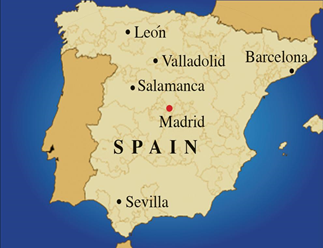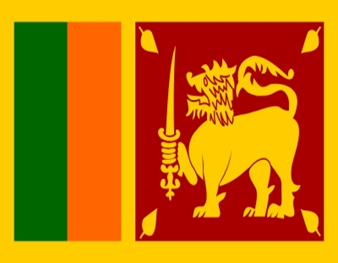Our world wasn’t as we see it today. It has undergone major changes through centuries to reach this stage. From demographic to life on planet, a lot has changed. Humans created boundaries and divided the land into collection of different countries, with each country having its own culture and language.
Every language spoken in the world has its own history associated with it. In this post, we are going to discuss about Vietnamese language and learn how it has evolved over the years through some interesting facts about it.
Native Language
Vietnamese is the official language of Vietnam. Besides being the native language of the Vietnamese (Kinh) people, it is also first or second language of a lot of ethnic minorities of Vietnam. As a result of migration, the language has crossed the Vietnam shores and reached to other parts of the globe.
World-wide Reach
The immigration of Vietnamese nationals over the years has resulted in Vietnamese speakers being found in East and Southeast Asia along with North America, Australia, and Western Europe. Today, it is estimated that about 90 million people on the plant speak Vietnamese.
Chinese Influence
Vietnamese vocabulary is influenced by Chinese language. The language uses a formal modified set of Chinese characters like chữ nôm. There are also traces of Latin influences, as some Vietnamese alphabets being used today have additional accents for tones & certain letters.
6 Different Tones
The diacritics written above and below the vowel determine the tone of the Vietnamese letters. Based on the influence and use of diacritics the Vietnamese language has six different tones. This makes it difficult for a non-native to master the language. In comparison, Mandarin Chinese has four tones (including neutral), while Cantonese has eight.
Periods of Vietnamese Language
Since the language has evolved over the years, there have been different periods of Vietnamese language, which are:
– Pre-Vietnamese
– Proto-Vietnamese
– Archaic Vietnamese
– Ancient Vietnamese
– Middle Vietnamese
– Modern Vietnamese
Modern Vietnamese is what people around the world speak today.
Final Word
While catching the accent is a little difficult because of different tone types, Vietnamese is definitely an interesting language to speak and learn. If you are expanding your business in Vietnam or need translation of medical or assignment papers, dial 888-670-3369.















